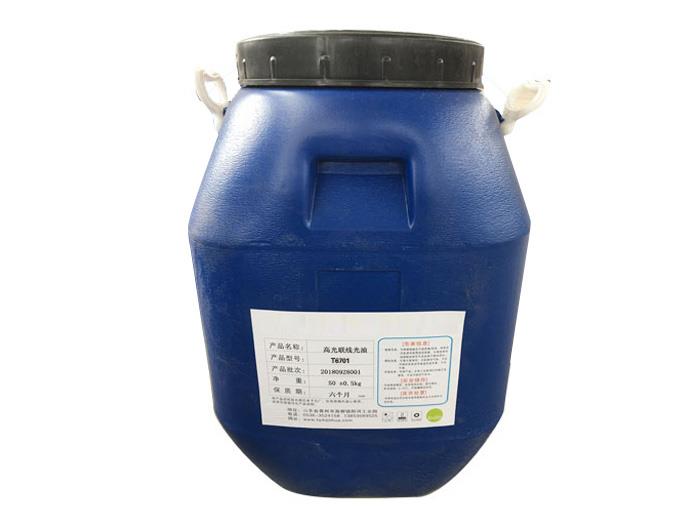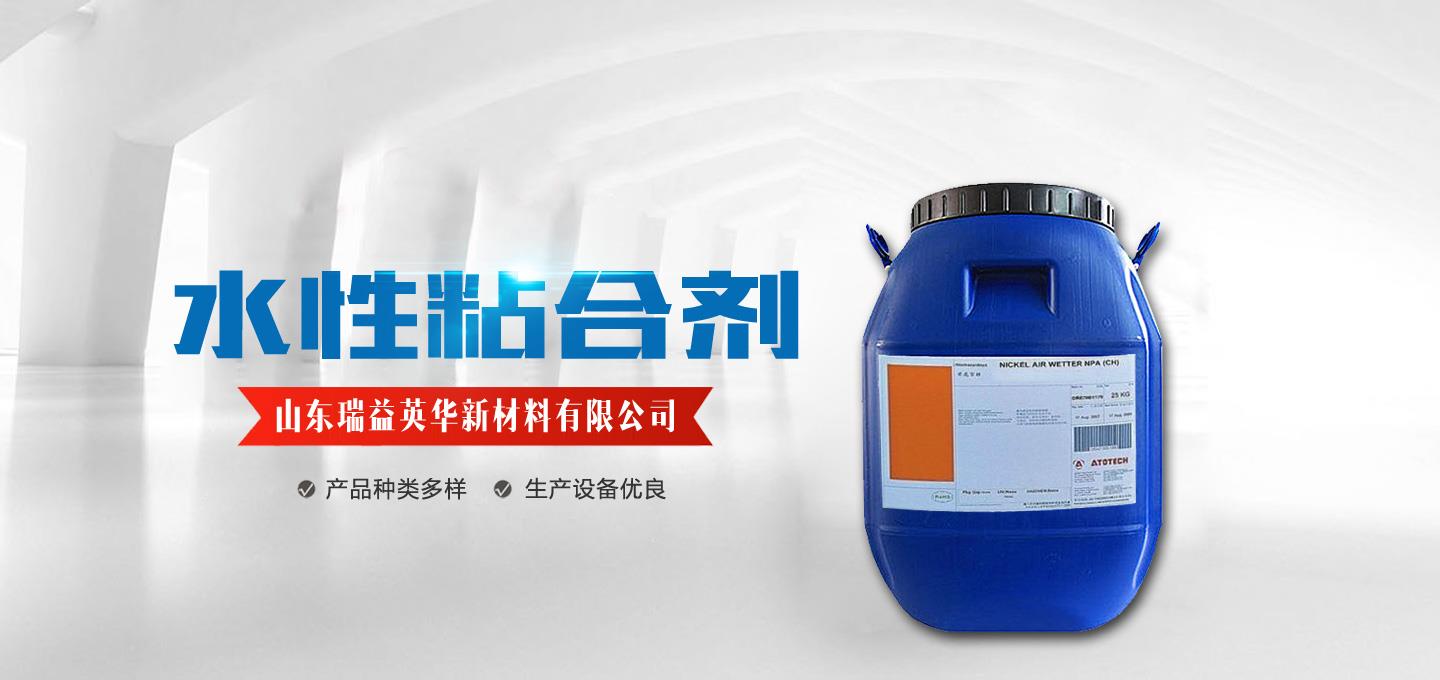0010010 nbsp; 0010010 nbsp; 0010010 nbsp; Let ’s take you to understandWater-based varnishApplication control and precautions.
1. Application Control of Waterborne Glazing
1. Reduce cracking
Application of water-based glazing should be printed with high concentration and fast drying ink, and pay attention to the difference between the thickness of the varnish coating and the thickness of the ink coating to avoid cracking caused by thick ink layer, thin oil layer or slow drying of ink.
2. Avoid pinholes
The oil suction pipe in the oil pumping system should be placed at the bottom of the varnish barrel, and the oil return pipe should be placed on the upper surface of the varnish and lean against the wall of the barrel, so that the recovered varnish flows down slowly to avoid the impact caused by the impact There are a large number of micro-bubbles, causing problems with pinholes or film formation.
3. Reduce sticking
After the water-based varnished printing film is dried, it becomes soft and sticky at higher temperature and humidity, which leads to the adhesion of the printed product. Therefore, the temperature of the stack should be controlled below 36 as much as possible during printing. In the case of high temperature or humidity, especially in the rainy and rainy season in summer, the storage and transportation of varnished products must pay attention to the control of temperature and humidity.
4. Viscosity control
In application, the viscosity of varnish should be checked frequently. The better viscosity range of offset printing is between 35 seconds and 60 seconds. The oil pump works normally, causing problems of oil cut-off, rough leveling and drying.
0010010 nbsp; 0010010 nbsp; 2. Matters needing attention in water-based varnish
The PH value of water-based varnish is generally between 8-8. 5, which is a weak alkaline liquid;
0010010 nbsp; 0010010 nbsp; The viscosity of water-based varnish changes with the change of temperature, and becomes thinner when heated and thicker when cooled;
0010010 nbsp; 0010010 nbsp; The coating thickness of water-based varnish cannot be less than 1 μ;
It is recommended to use a relatively small amount of powder spraying in the process of water-based varnish printing, and it is recommended to use starch powder spraying;
0010010 nbsp; 0010010 nbsp; When printing water-based varnish, the adjustment of the drying device of the printing machine should keep the temperature of the stack of the receiving paper lower than 36 degrees;
0010010 nbsp; 0010010 nbsp; Aqueous varnish will delaminate if stored for a long time, so it is recommended to stir evenly before use;
0010010 nbsp; 0010010 nbsp; Ink with poor resistance, such as pink and light blue, has the risk of fading after applying water-based varnish;
0010010 nbsp; 0010010 nbsp; It is recommended not to add water when using water-based varnish online.

Related News
- How to choose a better quality glue
- What are the characteristics and precautions of window glue?
- What are the uses of aluminum foil tape?
- What should be paid attention to when using water-based varnish?
- What are the advantages of water-based varnish?
- Common faults and solutions of water-based varnish
- What factors affect the gloss of water-based varnish
- Reasons and solutions for spotting of aluminum coating film glue
- Why does the internal stress of the glue cause displacement of the compounding of the aluminized film glue?
- Brief introduction of aluminum foil adhesive
- Features and application characteristics of laminating adhesive
- Classification and basic performance characteristics of acrylic emulsions


